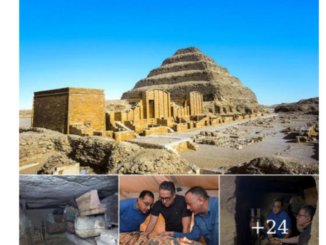An Egyptian-German-Austrian archaeological mission working in the tomb of Meret-Neith — a possible woman of significance of the 1st dynasty — in Um Al-Qaab archaeological site in Abydos in Sohag Governorate has made discoveries that shed further light on this mysterious figure in ancient Egyptian history, including finding 5000-year-old wine jars.
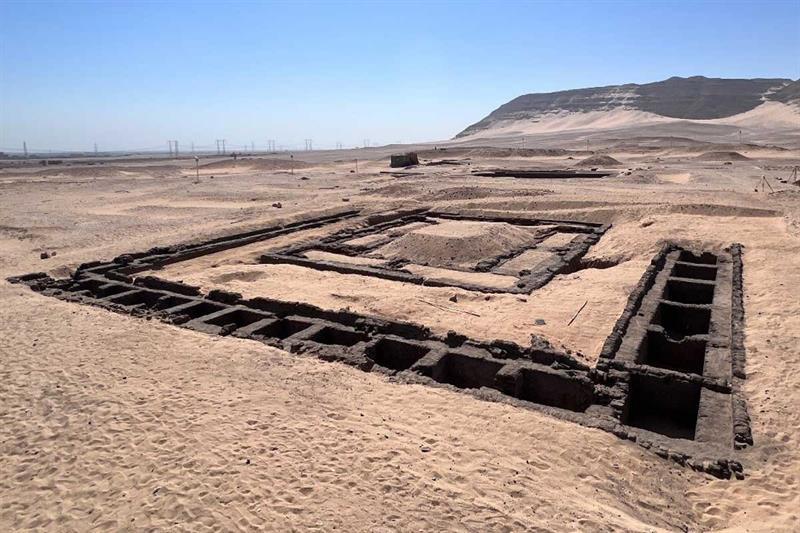
Mostafa Waziri, Secretary General of the Supreme Council of Antiquities, said the archaeological team found several grave goods, including hundreds of large wine jars, some of which had intact stoppers and contained the well-preserved remains of 5000-year-old wine.
Inscriptions also indicate that Meret-Neith had been in charge of central government offices, like the treasury, which lends credence to the theory that she played a historically significant role, Waziri noted.
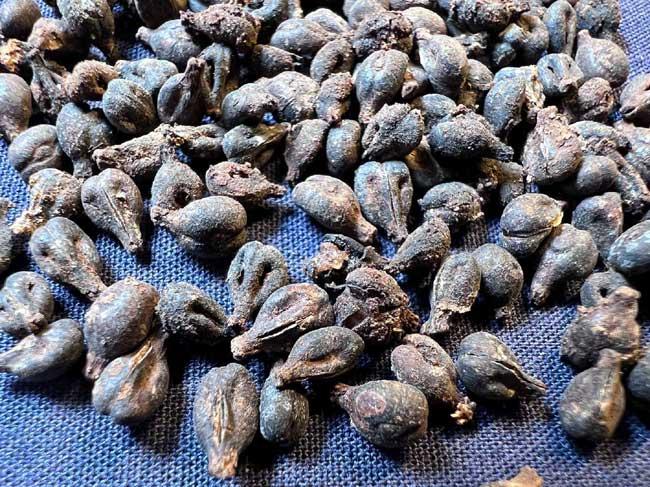
Dietrich Raue, Director of the German Archaeological Institute, pointed out that Meret-Neith had been the only woman with her own monumental tomb in Egypt’s first royal cemetery at Abydos and was probably the most powerful woman of her era.
Raue added that recent excavations have provided new information about this “unique woman and her era” and given rise to the speculation that Meret-Neith may have been the first female Queen in Ancient Egypt, thus predating Queen Hatshepsut of the 18th dynasty.
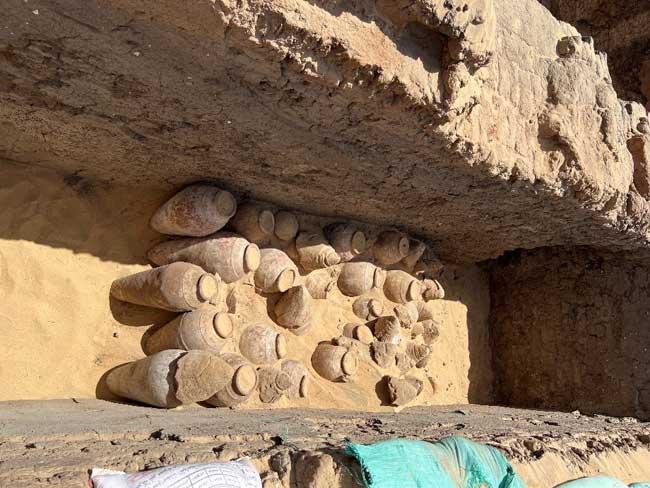
Her true identity, however, remains a mystery, he concluded.
E. Christiana Köhler, head of the mission, said that Meret-Neith’s monumental tomb complex in the desert of Abydos, which includes her own tomb as well as those of 41 courtiers and servants, was built of unfired mudbricks, mud, and timber.
Köhler added that through meticulous excavation methods and new archaeological technologies, the team demonstrated that the graves had been built in phases over a relatively long period.
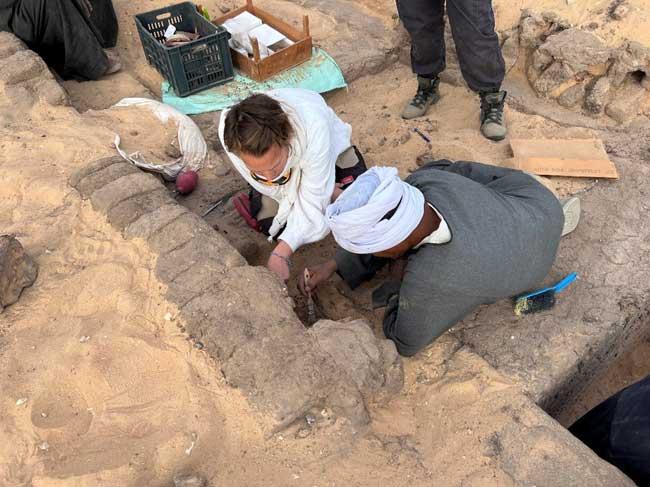
“This observation, together with other evidence, radically challenges the oft-proposed but unproven idea of ritual human sacrifice in the 1st Dynasty,” she noted.

